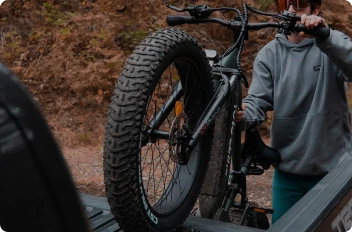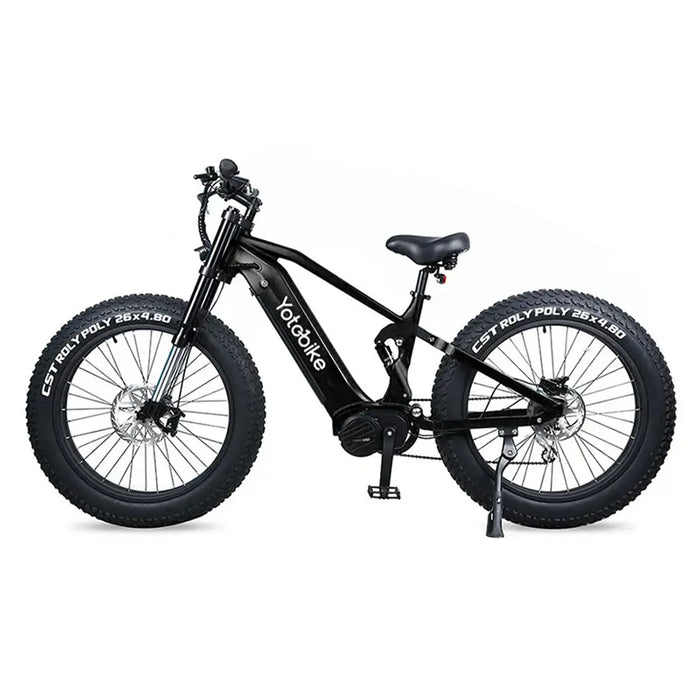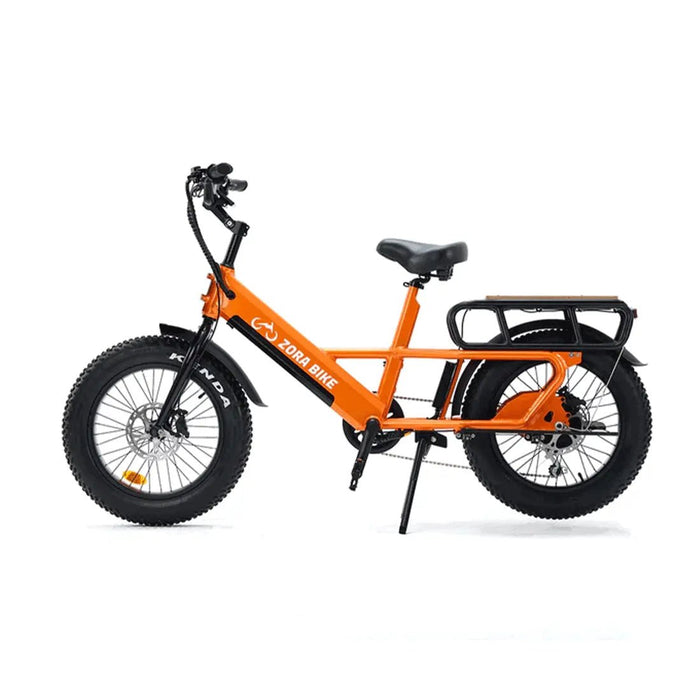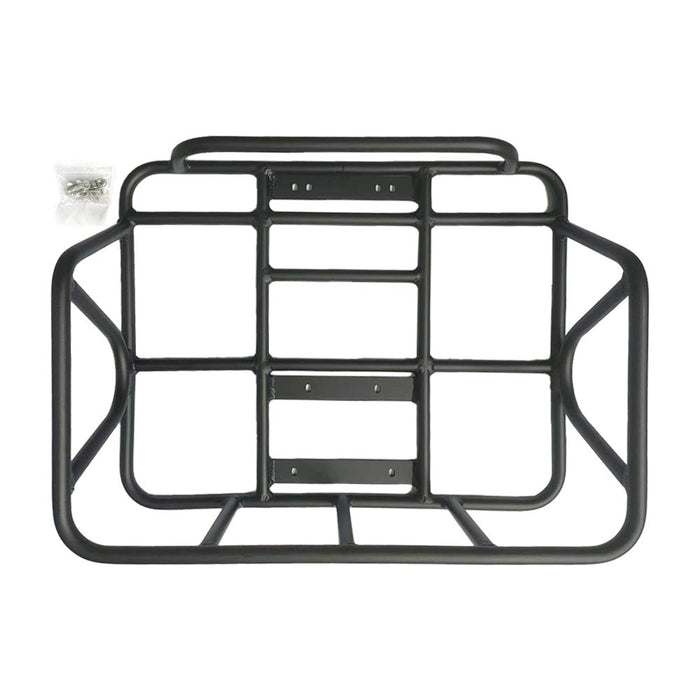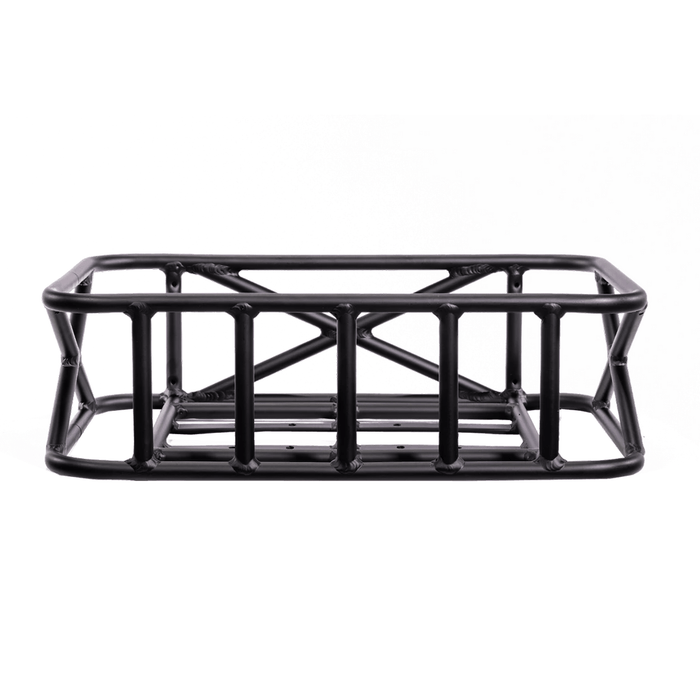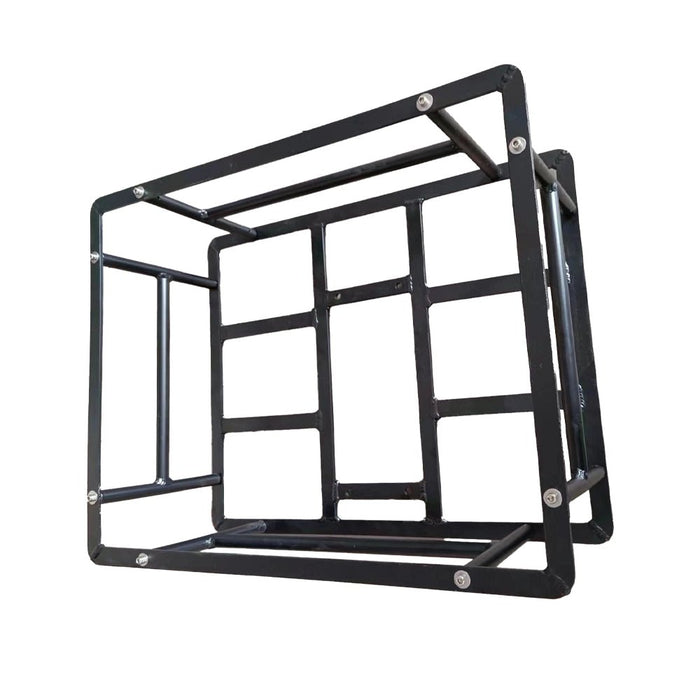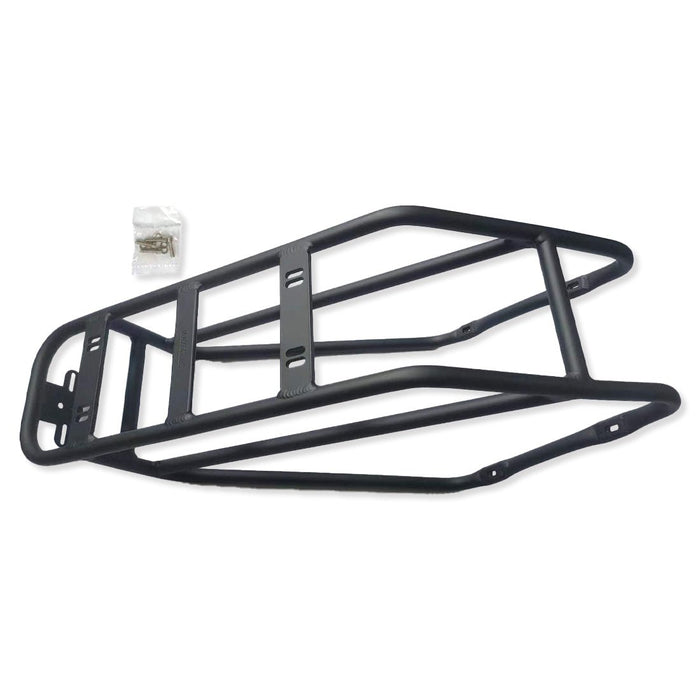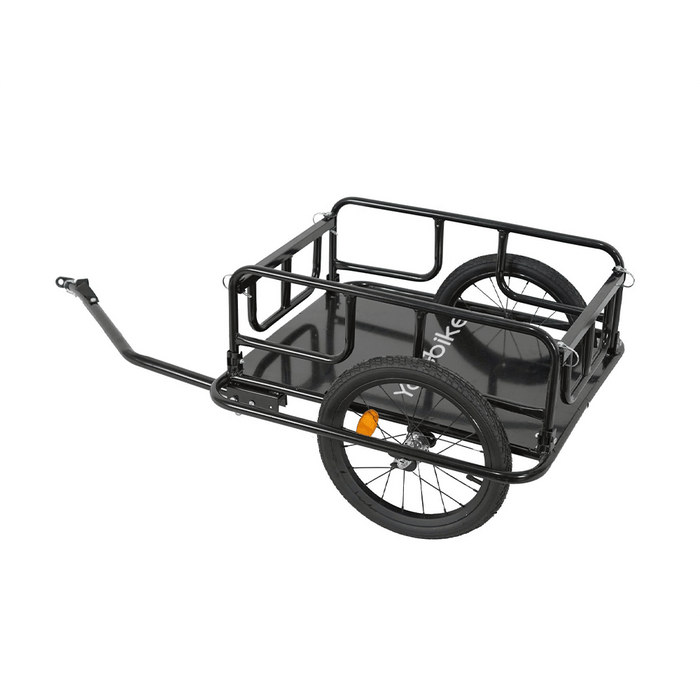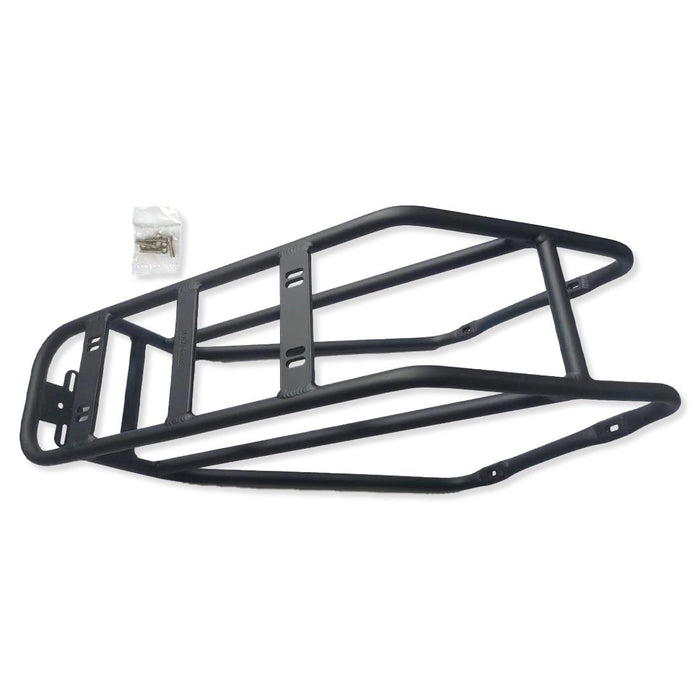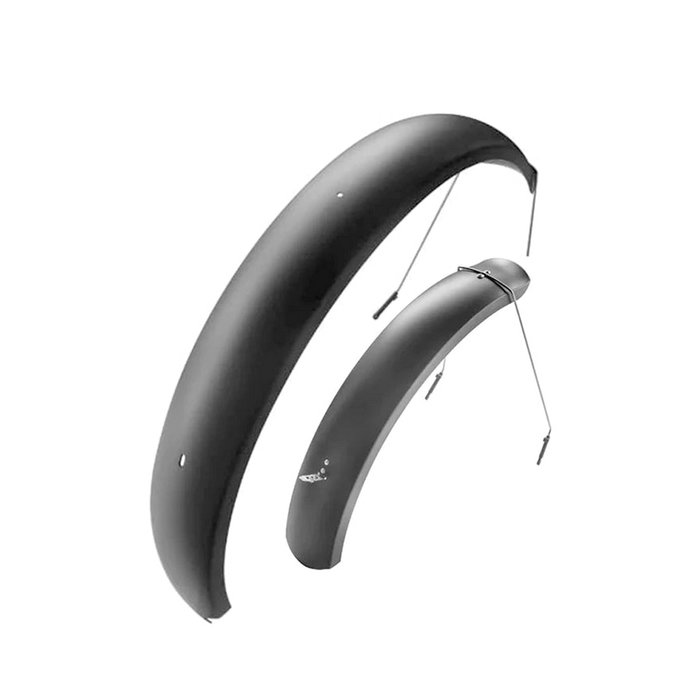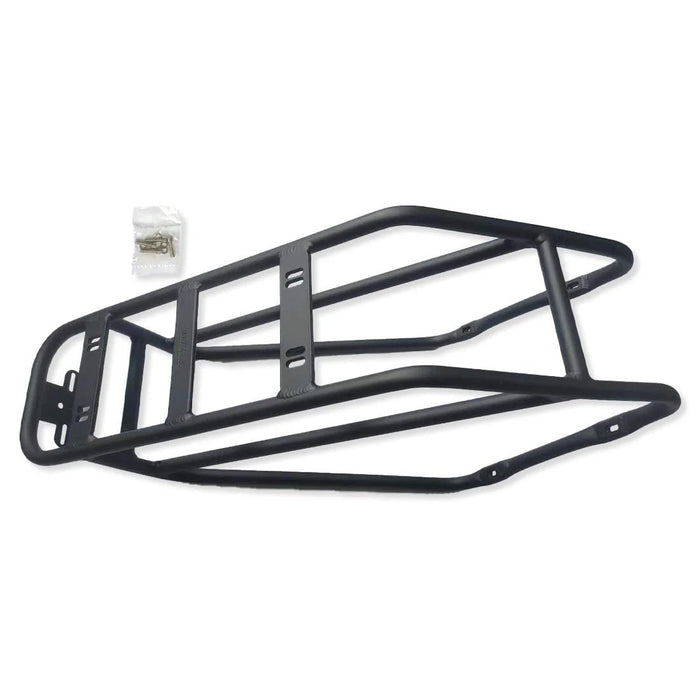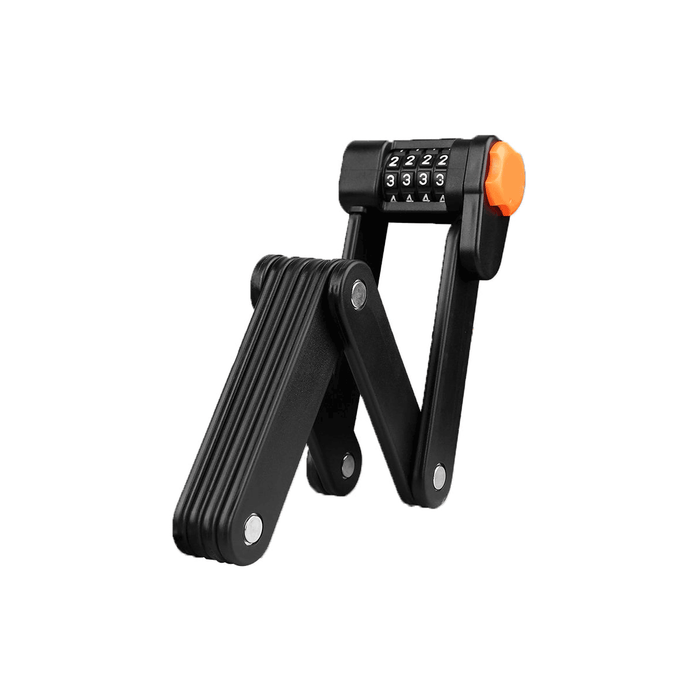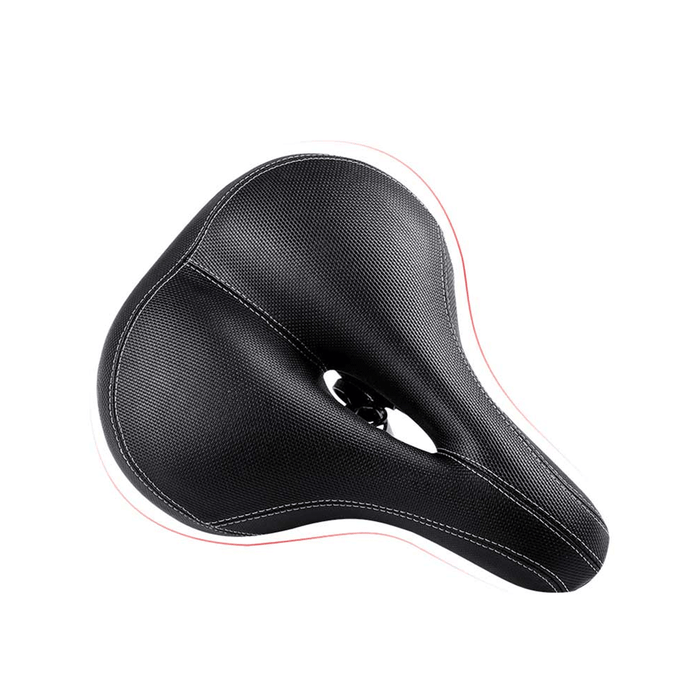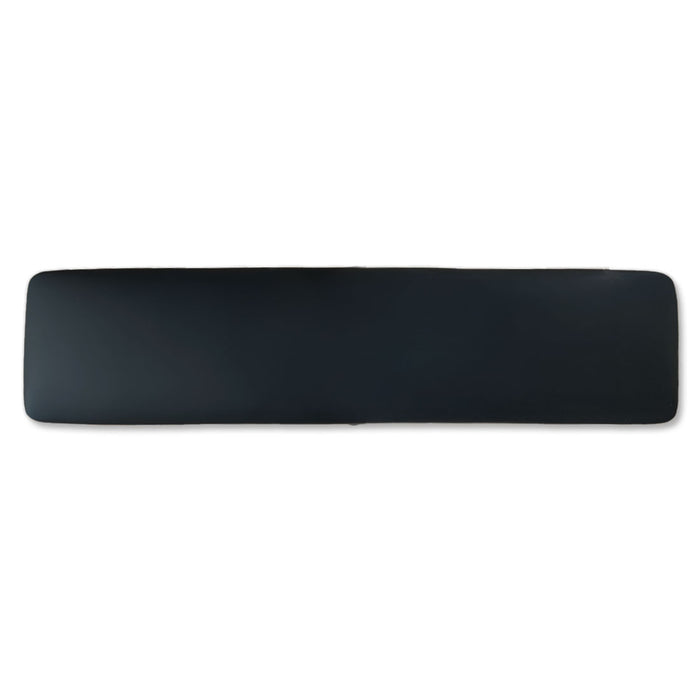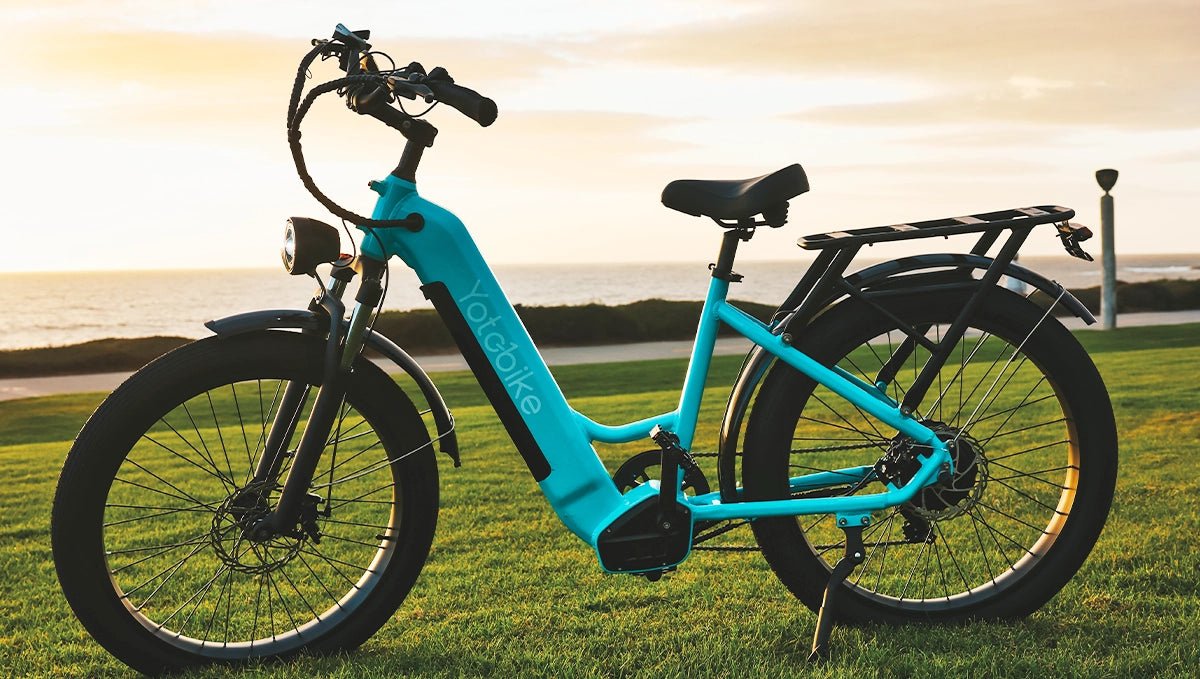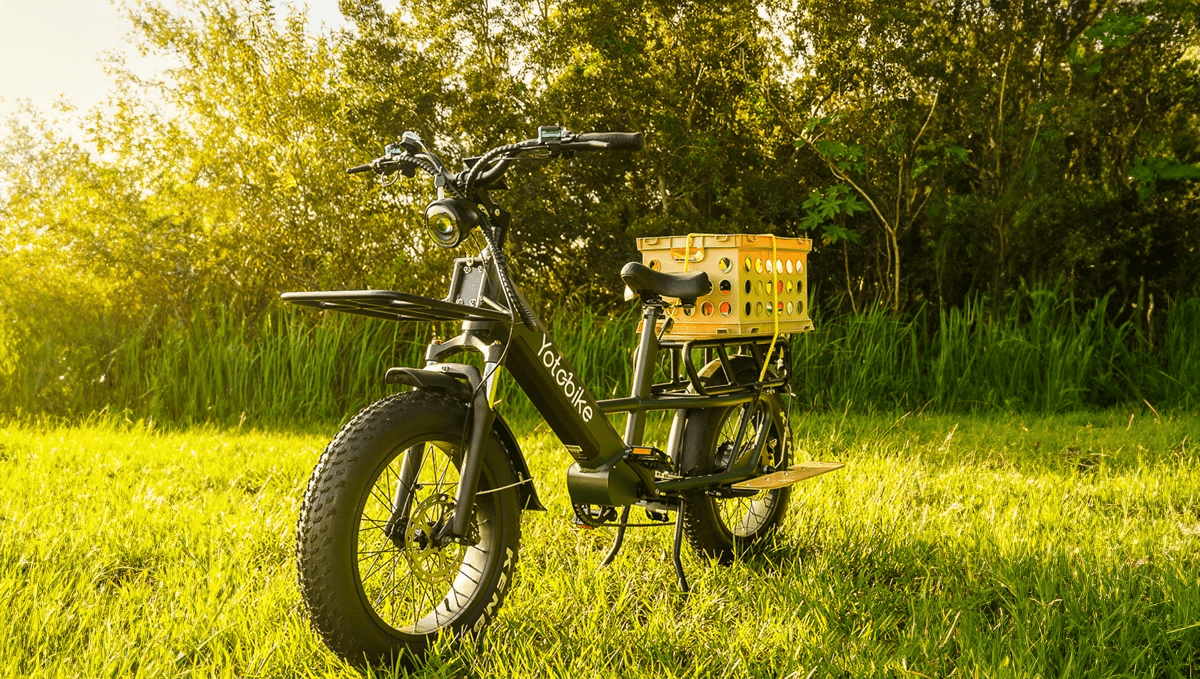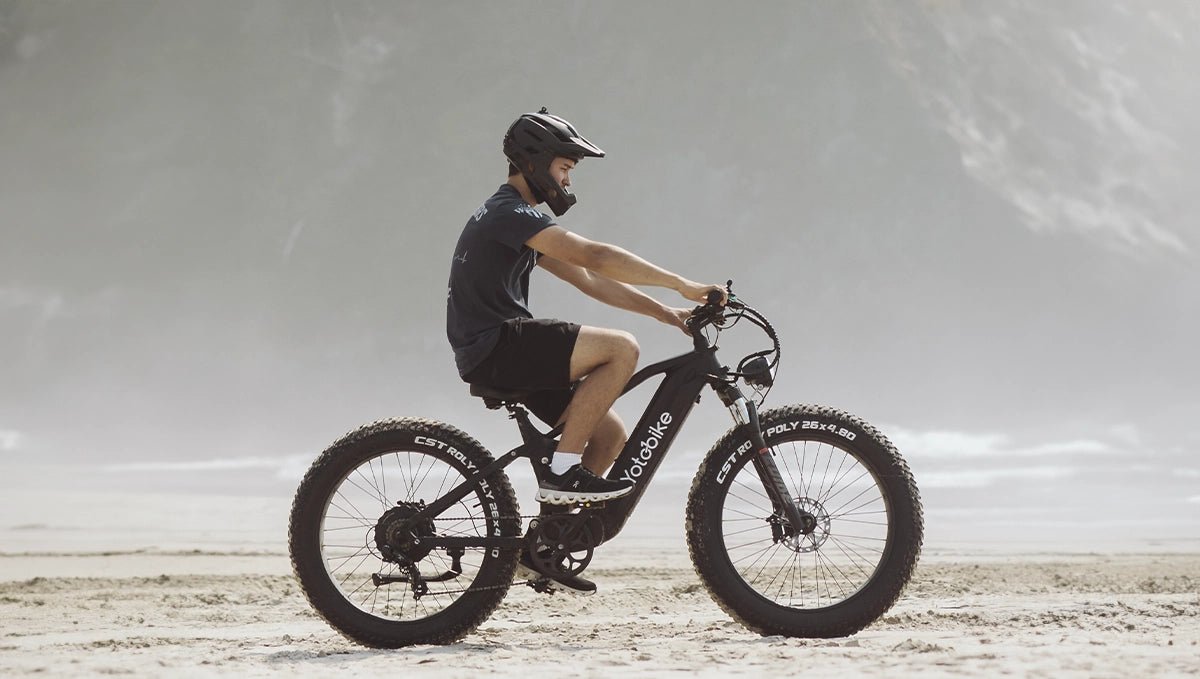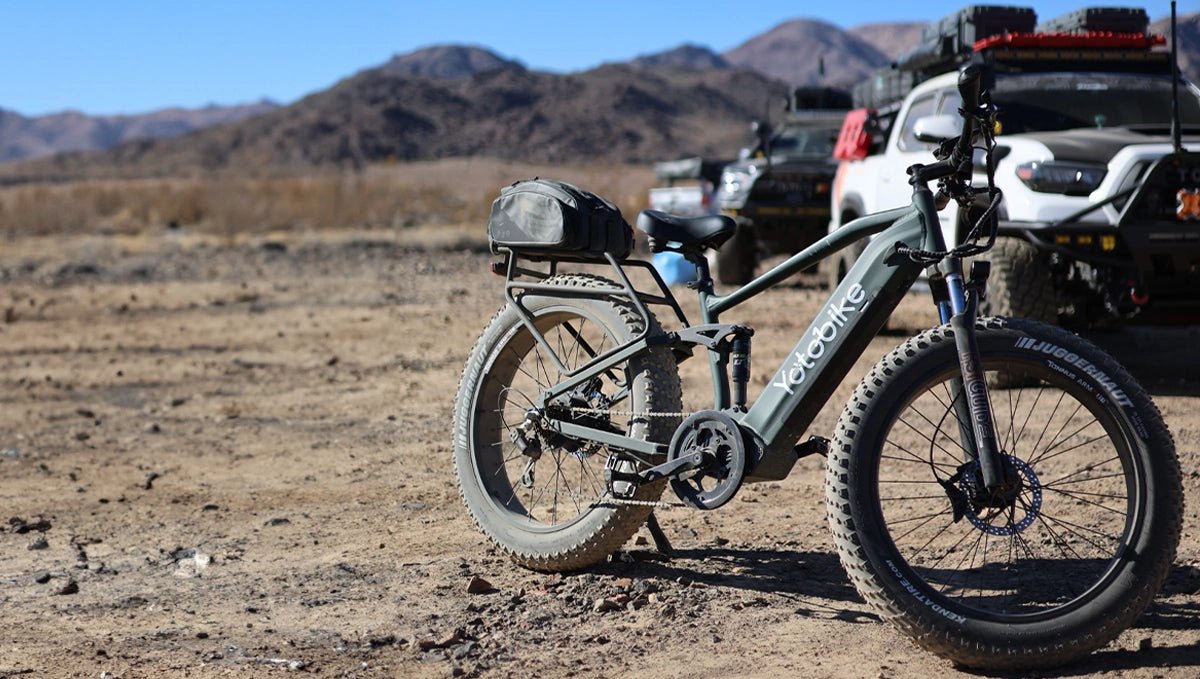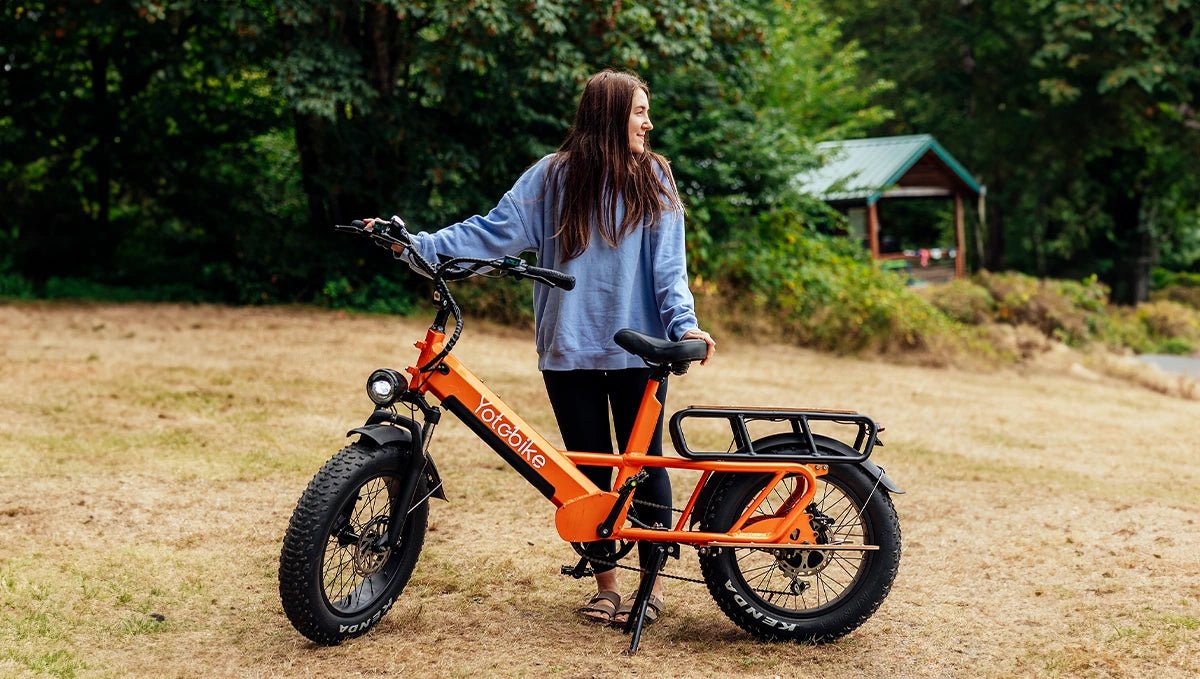
If you're wondering how to remove speed limiter on electric bike, you're not alone. Many e-bike enthusiasts seek ways to enhance their riding experience by increasing their bike’s speed. However, before making any modifications, understanding the purpose of speed limiters and the potential consequences of tampering with them is crucial. This guide will explain why speed limiters exist, how to remove them, and whether it's legal or advisable to do so.

Why Do Electric Bikes Have Speed Limiters?
Before diving into how to remove the speed limiter on an electric bike, it’s important to understand why e-bikes come equipped with this feature. Speed limiters help ensure rider safety, comply with local laws, and maintain battery life and stability. In most regions, e-bikes are classified as bicycles if they stay within speed limits, typically 20 to 28 mph. This allows them to access bike paths and avoid the need for registration or insurance.
From a safety perspective, higher speeds make controlling the bike more difficult, especially during turns or sudden stops. Also, battery life is also preserved at lower speeds, as pushing the motor harder leads to quicker battery drain. Moreover, stability improves when speeds are kept in check, reducing the risk of losing control, especially on rough terrain.
Why Remove the Speed Limiter on an Electric Bike?
Many e-bike riders find the imposed speed limit restrictive, especially when riding on open roads, long commutes, or straight bike paths. Removing the speed limiter can unlock the full potential of your electric bike, allowing you to go faster, especially if your bike has a powerful motor.
The idea of getting to your destination faster is appealing, especially for commuters or adventurers who cover long distances. Without the speed limiter, your electric bike can make better use of its motor's capabilities, providing a more dynamic and exciting ride. Removing the limiter can also be beneficial when riding on private property, where speed restrictions may not apply.
For example, commuters using an electric bike may find the extra speed saves valuable time on their daily routes, while mountain bikers or adventure riders may appreciate the added power on challenging terrains.
However, keep in mind that increasing your e-bike's speed can lead to greater wear and tear on components such as the motor, battery, and brakes, as they’ll be operating under higher stress.
Is It Legal to Remove the Speed Limiter on an Electric Bike?
The legality of removing the speed limiter depends on the laws of your region. In most countries and states, e-bikes are classified based on their top speed and motor power. For instance, in the U.S., Class 1 and Class 2 e-bikes are limited to 20 mph, while Class 3 e-bikes can reach up to 28 mph with pedal assistance. If you remove the speed limiter and your bike exceeds these limits, it may no longer be classified as a bicycle.
In many regions, modifying an e-bike to exceed the speed limit means it could be classified as a motor vehicle, which would require you to register the bike, obtain insurance, and hold a valid driver's license. Additionally, you may be restricted from riding on certain bike paths or trails that allow only pedal-assist e-bikes.
If you're unsure about local regulations, it’s always a good idea to check with your local Department of Transportation or equivalent agency before making any modifications to your e-bike. Remember, the main goal is to stay safe and comply with local laws to avoid fines or legal issues.
How to Remove the Speed Limiter on Your Electric Bike
If you've decided to proceed with removing the speed limiter, keep in mind that this process may vary depending on your e-bike model. Generally, this task requires some technical know-how and access to your bike's electronic systems. Here’s a general guide on how to do it:
1. Locate the Speed Limiter or Sensor
The speed limiter in an e-bike is often controlled by a sensor placed near the rear wheel or in the motor. This sensor detects the bike’s speed and communicates with the motor controller to cut off assistance once the speed limit is reached.
2. Disconnect the Speed Limiter Wire
Once you locate the sensor, the next step is to find the wire responsible for limiting the speed. This wire often has a distinct color, such as blue or green, depending on the bike manufacturer. You can either disconnect this wire or modify the system to disable the limiter. Some e-bikes may require you to access the control unit via the display screen to adjust the settings.
3. Install a Speed Tuning Kit
Some riders opt for a speed tuning kit, which can override the built-in speed limits. These kits often bypass the sensor or trick the bike into registering a lower speed, allowing you to ride faster without permanently altering the system.
4. Test the Bike
After making the modification, test your e-bike in a safe environment, such as an empty parking lot or private road. Pay attention to how the bike behaves at higher speeds, and make sure that your brakes, tires, and suspension are able to handle the increased speed.
Be aware that tampering with your bike may void the manufacturer’s warranty, and improper modifications could lead to malfunctions or even accidents. Always proceed with caution.
Is There Any Alternative Way to Increase Bike Speed?
If you want to increase your e-bike’s speed without removing the limiter, there are several safe and legal methods to consider. Here are a few effective options:

1. Replace the Battery
Upgrading to a higher-capacity or higher-voltage battery can boost your e-bike's speed and acceleration. Just ensure the new battery is compatible with your bike to avoid performance issues.
2. Install a More Powerful Motor
A more powerful motor can significantly enhance speed and torque. Ensure that the new motor is compatible with your bike’s components and complies with local laws.
3. Change the Tires
Switching to narrower, low-resistance tires can reduce friction and increase speed. Slick road tires are faster on paved surfaces compared to off-road tires.
4. Adjust Electronic Settings
Some e-bikes allow you to tweak speed settings through the display. If your bike supports this, you can adjust the speed limit within legal boundaries.
5. Install a Wind Deflector
A wind deflector helps reduce air resistance, allowing you to maintain higher speeds without using extra energy.
6. Improve Your Riding Position
Adopting a more aerodynamic posture, such as leaning forward, reduces wind resistance and boosts speed without any mechanical modifications.
These alternatives are easy ways to safely enhance your bike's performance without removing the speed limiter. If you’re interested in purchasing a high-quality electric bike that meets safety and legal standards, Yotobike offers a wide selection of options. The range of Yotobike electric bikes provides excellent performance while adhering to regulations, making them a trusted choice for many riders.
Conclusion
Understanding how to remove speed limiter on electric bike can offer significant benefits for riders who want to unlock their bike’s full potential. However, it's essential to weigh the legal, technical, and safety risks before making any changes. For most riders, sticking to the manufacturer’s settings is the best option to ensure compliance with local regulations and maintain warranty coverage.
If you’re not ready to modify your bike, there are alternative methods to boost speed, such as upgrading your battery or optimizing your bike’s performance. Whichever route you choose, the most important thing is to ensure a safe and enjoyable riding experience.
FAQs
Where is the speed sensor located on my e-bike?
The speed sensor on most e-bikes is usually located near the rear wheel or inside the motor housing. This sensor communicates with the bike’s controller to regulate speed based on local laws.
What color is the speed limiter wire on an e-bike?
The speed limiter wire can vary in color depending on the manufacturer, but it's commonly yellow, blue, or green. Always consult your bike’s manual or a professional before attempting to disconnect the wire.
How fast can an unrestricted e-bike go?
An unrestricted e-bike can reach speeds of up to 30-35 mph, depending on the motor's power and the rider's input. However, exceeding 28 mph may require the bike to be classified as a motor vehicle, which could result in legal restrictions.

